Have you ever thought about why your dentist seems to become your best friend in your 30s and 40s? Spoiler alert: They don’t miss your cute smile. Let’s get to the not-so-pearly-white truth about oral health in these important decades.
The Inconvenient Tooth: A Growing Epidemic
Do you remember when losing a tooth meant the tooth fairy would come? Well, now it could mean going to the loan shark. Dental problems are on the rise all over the United States, and a huge number of adults are dealing with everything from stains to decay. But why do so many dental problems happen in our 30s and 40s?
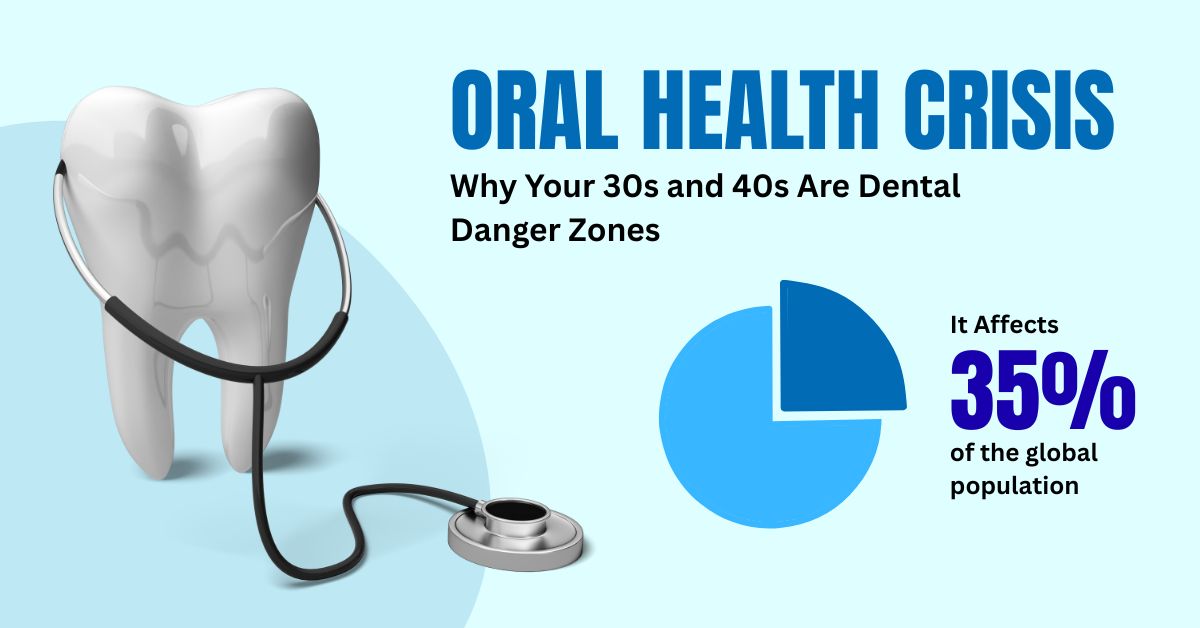 Infographic showing the prevalence of untreated tooth decay globally
Infographic showing the prevalence of untreated tooth decay globally
The Story of Neglect
Imagine this: You’re 35, working, maybe taking care of kids, and all of a sudden, your dentist’s number is at the bottom of your call list. Does this sound familiar? You’re not the only one. After age 35–44, research shows that people go to the dentist less often. It’s as if we all agreed that teeth clean themselves after 30.
But here’s the kicker: our teeth are rebelling while we’re trying to be adults. People of all ages still go to the dentist for emergencies. What does it mean? We’re trading prevention for panic.
How Much a Smile Costs
Let’s talk about money now. Get ready for some mind-blowing facts:
- More than 60% of people can’t pay for the dental care they need.
- The cost of dental care is hurting people’s wallets more than having a wisdom tooth pulled.
It’s not just about the cost right now. We’re talking about losses in productivity that would make your boss cry. Bad oral health has a ripple effect on the economy that is like a toothache that won’t go away.
The Dirty Dozen: Common Dental Enemies
Let’s meet the usual suspects who are causing trouble in mouths all over the country:
- Tooth decay: This sneaky cause affects almost half of all adults. It’s like a ninja that breaks your teeth while you’re too busy not answering your dentist’s calls.
- Periodontal Diseases: These gum invaders can start attacking as early as 15 to 29 years old. In your 30s and 40s, they’re having a huge party in your mouth.
- Stains on your teeth: I’m looking at you coffee drinkers, wine drinkers, and smokers. Your favorite bad habits are making your teeth look bad.
- Tooth Attrition: This is when your teeth decide to file themselves down. Anyone want to grind because of stress?
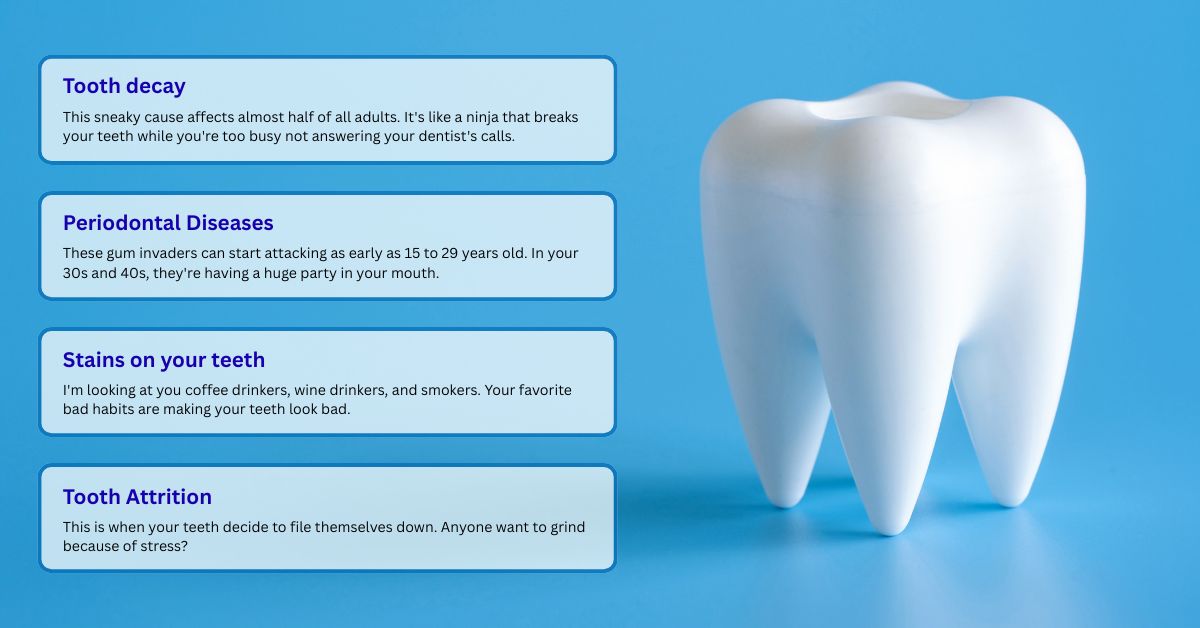 Diagram showing the benefits of Vitamin D in oral health
Diagram showing the benefits of Vitamin D in oral health
The Big Dental Gap
This is where things get really interesting (or sad, depending on how you look at it). The distance between people who need dental care and people who can get it is bigger than the Grand Canyon.
Access Denied
Think about a world where going to the dentist is as easy as watching cat videos online. Unfortunately, we’re not there yet. The truth is:
- Many people in their 30s and 40s are caught in a dental no-man’s land
- Too old for parents’ insurance, too broke for comprehensive coverage
- Result? A generation of adults playing dental roulette with their health
The Ripple Effect
Bad oral health doesn’t just affect your mouth. It’s like that one friend who stays too long and eats all your food. It has an effect on:
- Your general health (like heart disease and diabetes)
- Self-esteem (try getting a job when you don’t have a front tooth)
- Quality of life (have you ever tried to enjoy a meal with a toothache?)
What Can We Do to Break the Cycle?
Okay, that’s enough bad news. Let’s talk about how to fix this:
- Put prevention first: Regular checkups cost less than dental emergencies. End of story.
- Education is Key: Knowing how oral health affects overall health can make a big difference.
- Changes in Policy: Fight for better dental coverage and care that doesn’t cost too much.
- Technology to the Rescue: Use digital health tools that remind you to floss (yes, flossing is still a thing).
- Community Programs: Support efforts to bring dental care to areas that don’t have enough of it.
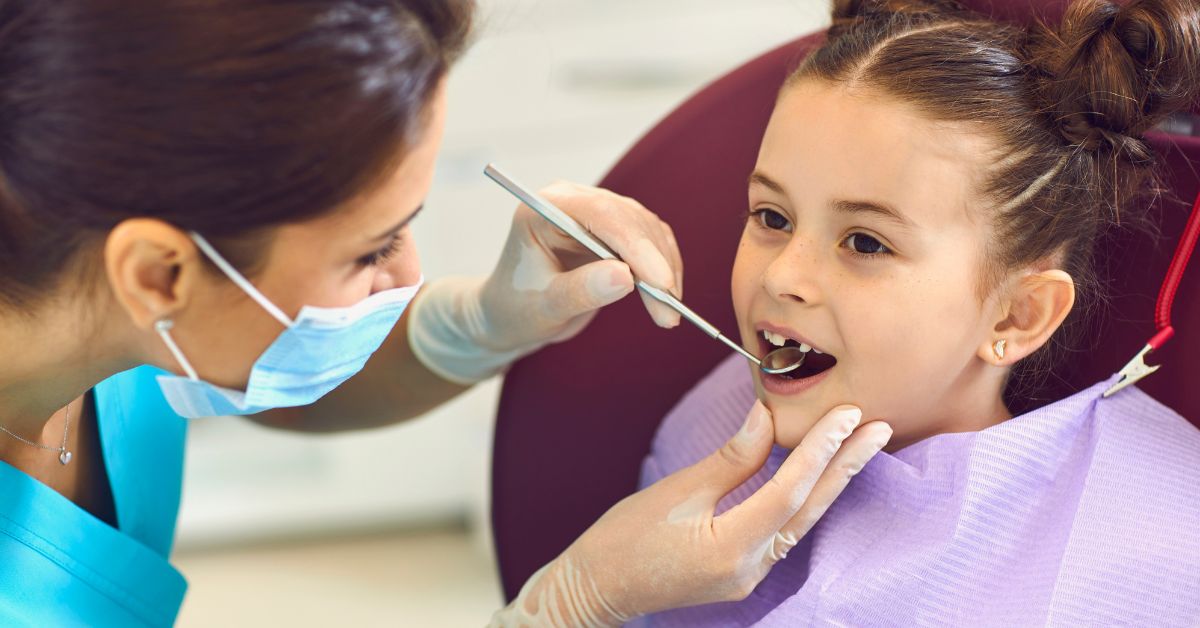 A child receiving a dental check-up, emphasizing the importance of early oral health care
A child receiving a dental check-up, emphasizing the importance of early oral health care
The Good Side (Yes, there is one)
There is hope, even though things are hard. More and more people are becoming aware, and new ideas are coming up all the time. The future of oral health care looks brighter than a smile that has just been polished. There are mobile dental clinics and tele-dentistry.
Your Plan of Action
- Make an appointment for that check-up: Now. We’ll wait.
- Take care of your smile; it’s not just for looks.
- Tell others: Tell your friends and family in their 30s and 40s about this.
- Advocate: Work to improve the rules about dental care in your area.
Keep in mind that your mouth is the door to your health. It’s time we start acting that way. So, let’s turn those places where teeth are at risk into safe havens for oral health. Thank you for your future self (and dentist).
For more information on how to keep your mouth healthy and find care options that are easy to get to, go to Pinellas Family Dental.
Recent Post
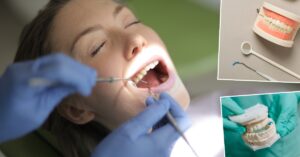
New Patient Exams vs. Annual Checkups: What’s the Difference?
We know that looking for a new dentist can make you worry about things like “Will my first visit hurt?” or “Will the visit cost
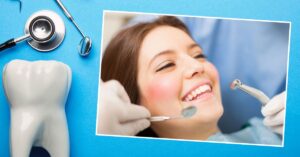
Say Goodbye to Sensitive Teeth: Surprising Habits That Really Work
Have you ever bitten into ice cream or sipped a hot drink, only to feel a sharp zing in your teeth? That quick, uncomfortable jolt
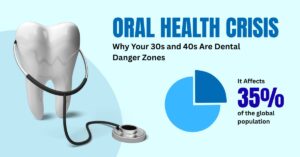
Oral Health Crisis: Why Your 30s and 40s Are Dental Danger Zones
Have you ever thought about why your dentist seems to become your best friend in your 30s and 40s? Spoiler alert: They don’t miss your

Sleep Apnea Treatment: Restoring Health Through Better Sleep
Sleep is the body’s reset button. When it is interrupted by a condition like sleep apnea, the results can be harmful to both daily energy
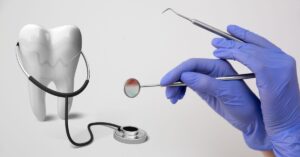
How to Keep Your Teeth Healthy for Life: Tips for Dental Care
Your smile is one of the best things about you. It boosts your confidence, leaves a lasting impression, and reflects your overall health. But many
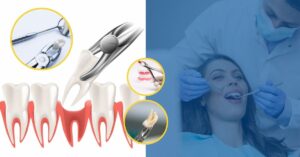
Understanding Tooth Nerve Death: Causes, Symptoms, and Solutions
Have you ever had a toothache that made you think your tooth was planning to get back at you? You’re not the only one. Tooth

